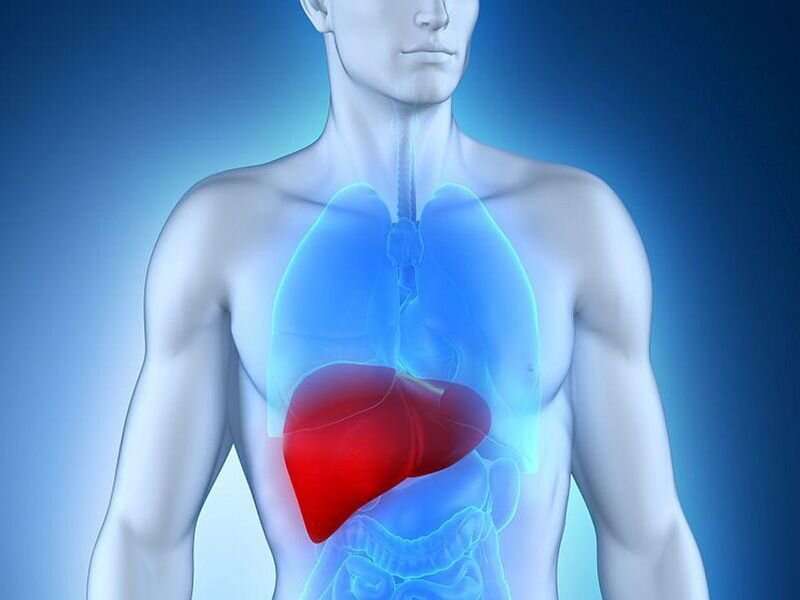Hepatitis B virus monitoring needed after liver transplantation

(HealthDay)—Health care providers should test liver recipients for hepatitis B virus (HBV) given the slight risk for unexpected donor-derived HBV infection, according to research published in the July 9 issue of the U.S. Centers for Disease Control and Prevention Morbidity and Mortality Weekly Report.
Danae Bixler, M.D., from the CDC in Atlanta, and colleagues analyzed laboratory and medical records for 20 reports (2014 to 2019) of HBV infection among recipients of livers from donors who had no evidence of past or current HBV infection.
The researchers found that 14 of the 20 new HBV infections were detected during 2019 alone. Infections were detected five to 116 weeks after transplantation (median, 38 weeks). Of the 14 donors, 13 were hepatitis C virus (HCV)-seropositive and within the year preceding death had a history of injection drug use, a positive toxicology result, or both.
"Because injection drug use is the most commonly reported risk factor for hepatitis C, providers caring for recipients of organs from donors who are HCV-seropositive or recently injected drugs should maintain awareness of infectious complications of injection drug use and monitor recipients accordingly," write the authors. "In addition to testing for HBV DNA at four to six weeks after transplantation, clinicians caring for liver transplant recipients should consider testing for HBV DNA one year after transplantation or at any time if signs and symptoms of viral hepatitis develop, even if previous tests were negative."
More information: Abstract/Full Text
Copyright © 2021 HealthDay. All rights reserved.





















